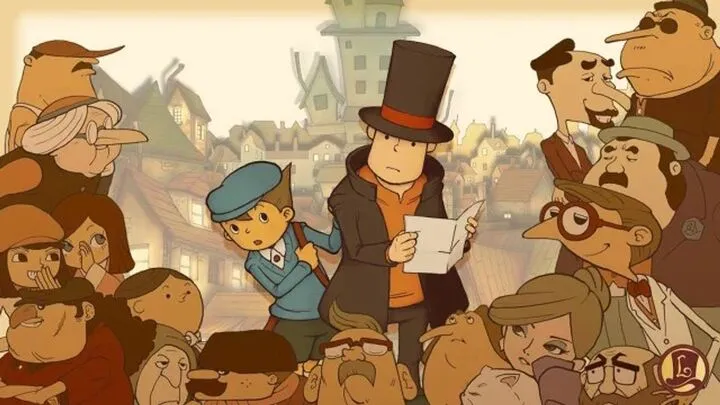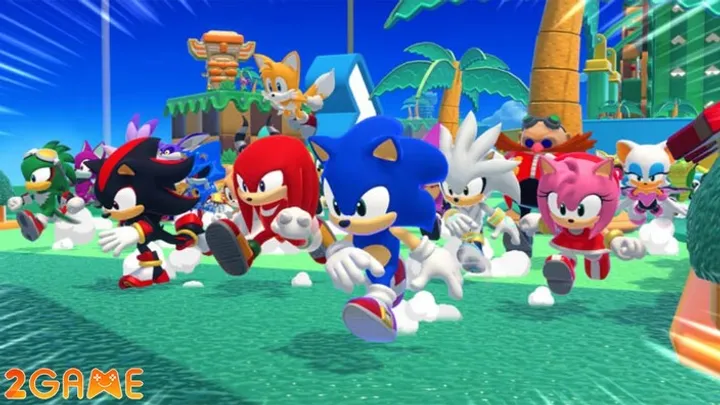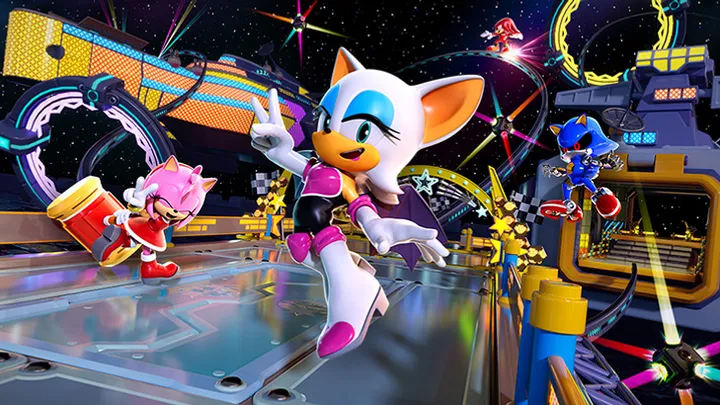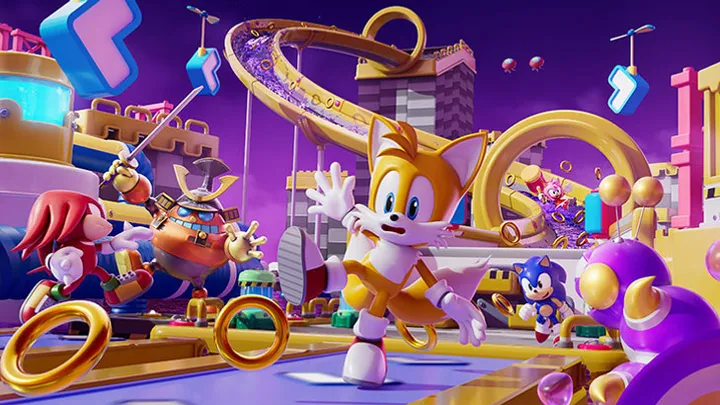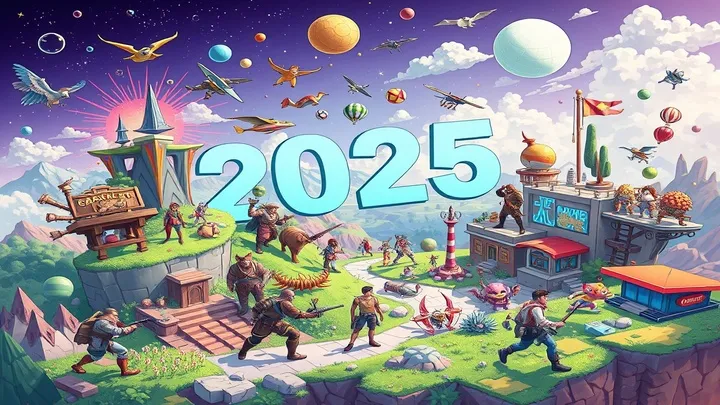Sonic Rumble is not just about speed—it’s about strategy, precision, and mastering the unique abilities of its colorful cast of characters. While at first glance the game might seem like a simple race to the finish line, true mastery lies in understanding how each character archetype performs under different conditions, how their strengths and weaknesses influence outcomes, and how players can adapt their playstyle accordingly. Winning consistently requires more than quick reflexes; it requires character mastery.
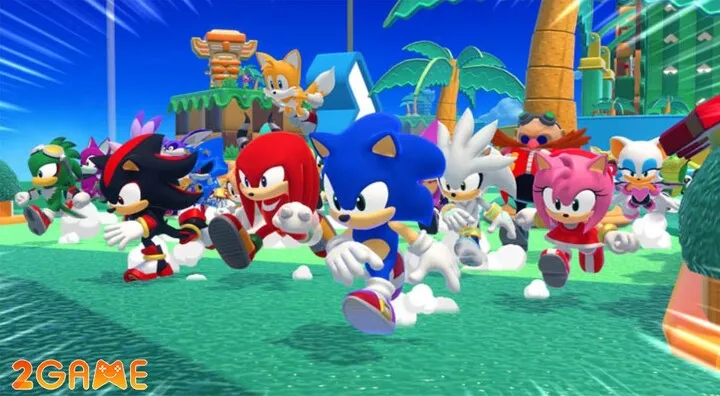
In this article, we will deeply explore how to master characters in Sonic Rumble, breaking down archetypes, analyzing playstyles, and examining meta-defining strategies. From speed specialists like Sonic to power-based heavyweights and technical racers, we’ll uncover what it takes to excel. By the end, you’ll understand how to not only play your favorite characters but also adapt to any matchup or team situation.
The Core Philosophy of Character Playstyles in Sonic Rumble
Before diving into individual characters, it’s essential to establish the philosophy behind playstyles in Sonic Rumble. Characters are not interchangeable; each belongs to a distinct archetype that shapes how they interact with the track, obstacles, and opponents.
The Three Pillars of Playstyles
- Speed: Prioritizes acceleration, top velocity, and sprint efficiency.
- Power: Focuses on durability, obstacle management, and disruptive abilities.
- Technical: Leverages precision handling, special moves, and situational control.
Each archetype requires different inputs from the player. A speed character may demand perfect line optimization and reaction timing, while power characters excel when disrupting rivals. Technical racers shine in the hands of players who anticipate track mechanics and adapt instantly.
The Importance of Self-Identity
Mastering a character starts with identifying your own preferred style. Are you naturally aggressive, always trying to shove opponents aside? Or do you thrive on clean execution and smooth cornering? Sonic Rumble rewards both, but your chosen character must reflect that identity.
Speed Specialists: Mastering Sonic and Similar Archetypes
Sonic and other speed-oriented characters dominate straight-line racing. They embody the fantasy of raw velocity but require discipline to manage.
Advantages of Speed Characters
- Highest sprint and boost efficiency.
- Ability to recover from mistakes with bursts of pace.
- Strong endgame finish potential, especially in long sprints.
Weaknesses of Speed Characters
- Fragile when colliding with power characters.
- Struggle in obstacle-heavy sections where precision matters more than speed.
- Require constant pressure; slowing down wastes their core advantage.
Sonic as the Archetype Leader
Sonic is the blueprint for speed mastery. His balanced top speed and acceleration make him a threat in almost every race, but only if players avoid overconfidence. A common beginner mistake is leaning too heavily on raw sprinting without considering track dynamics.
Tip: With Sonic, practice weaving through opponents rather than clashing with them. His true strength lies in momentum, not physical dominance.
Power-Based Characters: Strength, Defense, and Obstacle Control
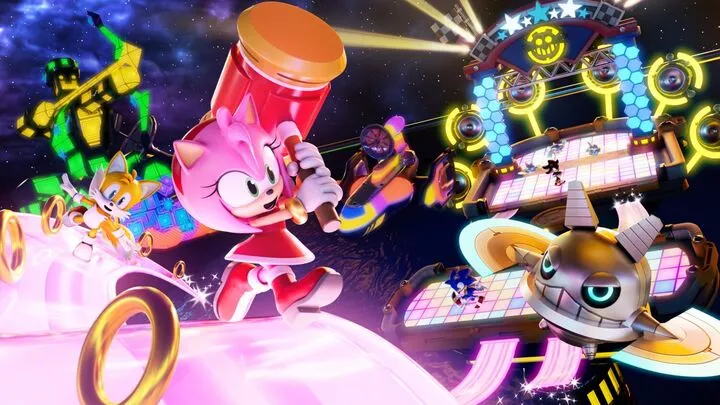
Power characters, often larger in design, act as the anchors of Sonic Rumble races. They thrive in chaos, shrugging off interference while disrupting rivals.
Advantages of Power Characters
- Can absorb collisions without major slowdown.
- Special moves often involve crowd control or obstacle manipulation.
- Excel in narrow tracks where blocking lanes is possible.
Weaknesses of Power Characters
- Lower acceleration makes recovery harder if you fall behind.
- Limited utility in tracks favoring precision jumps or sharp turns.
- Vulnerable if isolated in wide, open stretches.
Example: Knuckles as the Power Archetype
Knuckles exemplifies a power-based playstyle. His resilience makes him a nightmare in packed groups. With correct positioning, he can hold rivals back while creating opportunities to surge ahead.
Tip: Use power characters to dominate chokepoints. Positioning is more important than sprinting. If you’re leading, they serve as natural blockers to protect your advantage.
Technical Characters: Balancing Handling, Precision, and Utility
Technical characters are the puzzle-solvers of Sonic Rumble. They don’t always boast the fastest stats, but they reward mastery through utility and precision.
Advantages of Technical Characters
- High handling for tight cornering.
- Special abilities often involve track-specific advantages like enhanced jumps or shortcuts.
- Excel in complex maps with traps, platforms, and verticality.
Weaknesses of Technical Characters
- Require deep knowledge of tracks to maximize potential.
- Lower raw speed means poor performance in open drag races.
- Mistakes punish harder; missing a shortcut negates their strengths.
Example: Tails and Track Mastery
Tails epitomizes technical excellence. His ability to exploit shortcuts and aerial routes makes him invaluable in maps with verticality. However, mastery requires memorization of track layouts and precise execution.
Tip: Train with Tails on maps that emphasize platforming. Once shortcuts are second nature, technical characters become nearly unstoppable.
Hybrid Characters: Jack-of-All-Trades or Master of None?

Not all characters fit neatly into one archetype. Hybrids balance attributes, offering flexibility but often sacrificing extreme strengths.
The Role of Hybrids
- Provide adaptability for players still finding their identity.
- Serve as “safe picks” in unknown maps or casual modes.
- Offer consistency without demanding absolute specialization.
Limitations of Hybrids
- Struggle against specialists in their areas of strength.
- Risk being outclassed in competitive environments.
Example: Amy Rose’s Balance
Amy represents a hybrid approach with respectable speed, handling, and resilience. While she rarely dominates a race outright, she rarely performs poorly either.
Tip: Hybrids are excellent training tools for players learning the game. Once you understand track mechanics, you can transition to specialists more easily.
The Meta Shift: How Character Choices Influence Race Outcomes
In competitive Sonic Rumble, the meta—the collective “best strategies”—evolves constantly. Characters rise and fall in popularity based on balance patches, community discoveries, and track rotations.
How Meta Shapes Player Behavior
- Speed characters dominate open tracks.
- Power characters rise when collision-heavy maps are featured.
- Technical specialists become essential in map pools with tricky platforming.
Player Adaptation
True mastery isn’t just about playing your character well—it’s about anticipating meta shifts. Competitive players maintain multiple characters to swap based on track selection or rival strategies.
Tip: Don’t become overly loyal to one character. Rotate with the meta to remain competitive.
Counter-Play: Adapting to Opponent Character Strategies
Winning requires not just mastering your own character but also understanding how to counter others.
General Counter Approaches
- Against Speed: Force collisions, slow them in chokepoints.
- Against Power: Outsmart with technical routes or wider spacing.
- Against Technical: Pressure them into mistakes by disrupting shortcuts.
The Psychology of Counters
Anticipation is as important as execution. If you know a rival relies heavily on Sonic, position yourself to block momentum opportunities. If Knuckles dominates, lure him into wide areas where his blocking is less effective.
Tip: Study rivals during early races. Adaptation across a session is often the deciding factor in victory.
Team-Based Modes and the Role of Character Synergy
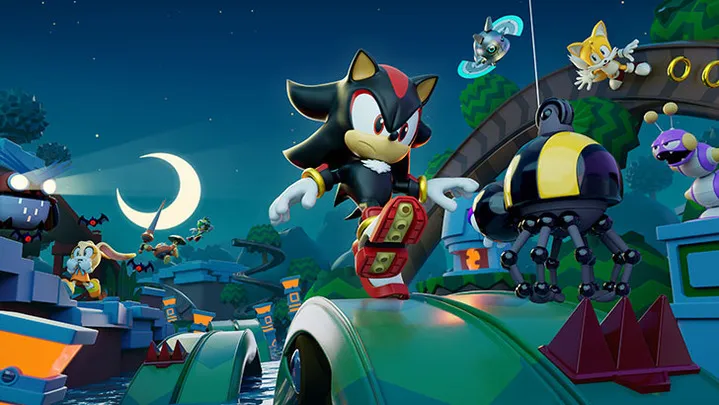
Sonic Rumble isn’t always about solo dominance. Team-based modes amplify the importance of synergy between characters.
Synergy Combinations
- Speed + Power: One pushes the pace while the other controls chokepoints.
- Power + Technical: Resilience paired with utility creates a balance of disruption and adaptability.
- Tri-Archetype Squads: Cover all bases, ensuring no weakness against rival compositions.
Coordination is King
Team mastery is about communication. If your technical player calls out a shortcut opportunity, your power player should block rivals from following.
Tip: Train with consistent teammates. Random matchmaking often undermines synergy strategies.
Long-Term Growth: Developing Versatility Across Multiple Characters
True mastery in Sonic Rumble doesn’t mean sticking with one character forever—it means building versatility.
The Journey of Mastery
- Specialization Phase: Start by mastering one archetype.
- Expansion Phase: Learn counters by trying rival archetypes.
- Versatility Phase: Develop proficiency in multiple characters to adapt to any situation.
Why Versatility Matters
The game evolves, patches adjust balance, and tracks rotate. A one-trick player risks becoming obsolete, while versatile players remain relevant in every season.
Tip: Set goals for expanding your character pool. For example, after mastering Sonic, transition to Knuckles to learn power playstyles.
Conclusion
Character mastery in Sonic Rumble is the bridge between casual play and consistent victory. Speed, power, technical, and hybrid archetypes all have roles to play, but true mastery comes from understanding not just your own character but also how they interact with others. The meta shifts, counters evolve, and team synergy defines outcomes, but the players who dedicate themselves to long-term versatility will always remain ahead.
In the end, Sonic Rumble isn’t just a race—it’s a mind game, a test of adaptability, and a showcase of character mastery. The question isn’t just “who’s the fastest?” but “who understands their character best?”









